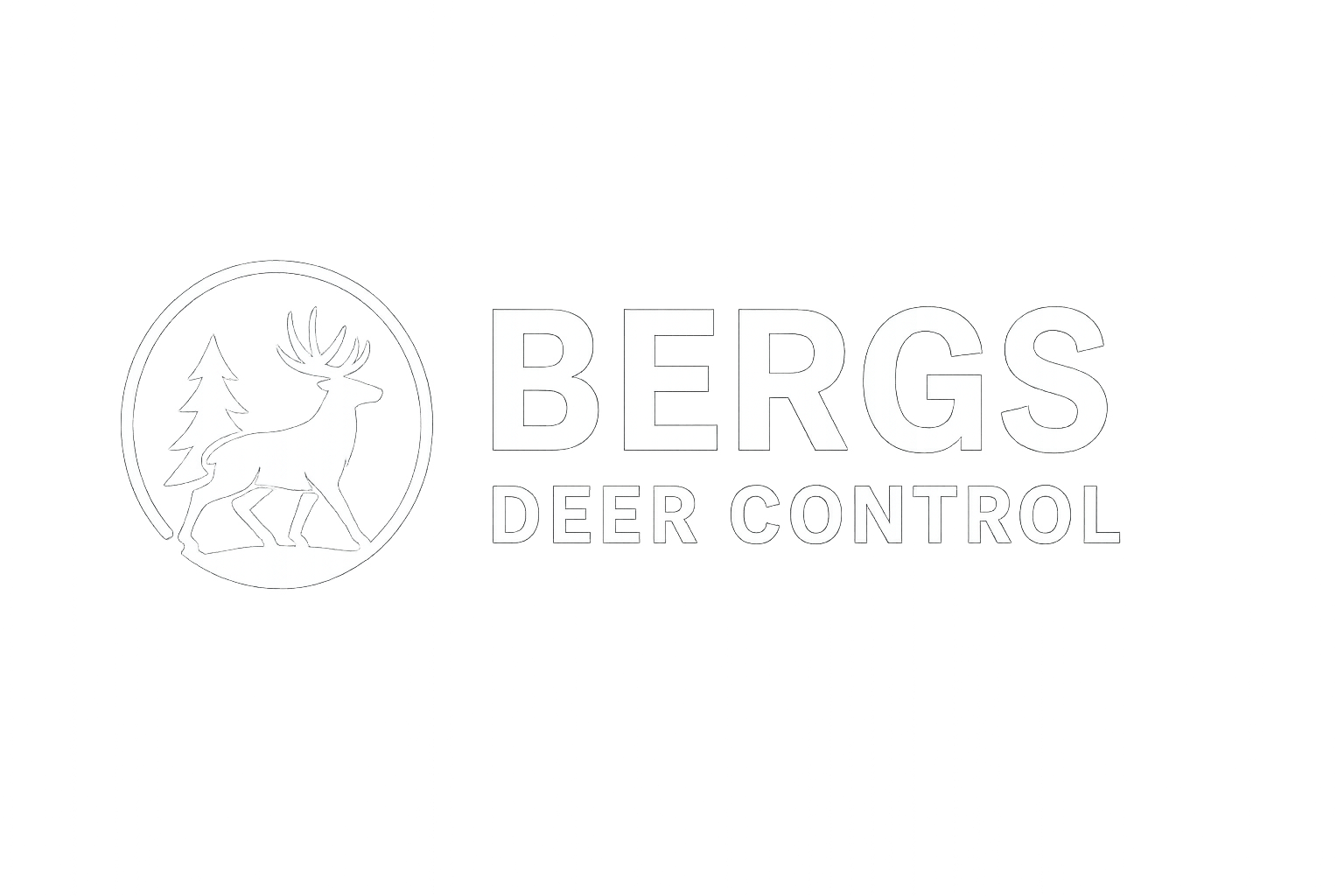Frequently Asked Questions
When you do your drive-by imaging for deer-population analytics, is my privacy in the house being jeopardized?
No. Even our state-of-the-art thermal cameras cannot see through solid objects or glass. If you’re inside with windows and doors closed, we can’t see you. We only detect heat sources outdoors, so we can identify if something in your yard is a human, pet, rabbit, or deer.
What happens to the deer after they are culled?
One hundred percent of the meat is donated for human consumption. Meat is kept food-safe in our on-site refrigerated trailer.
What happens to the deer antlers, if they have any?
All antlers are removed and sent to Michigan DNR biologists for research.
How do you keep the deer meat from going bad when it’s warm outside?
We immediately hang each deer in a custom-made refrigerated trailer so carcasses cool quickly and stay food-safe.
How do you see at night and know what you’re looking at?
We use 360° roof-mounted thermal cameras, thermal scopes, and handheld monoculars. This equipment lets us clearly identify each target—human, deer, pet—even in total darkness.
What kind of training do the sharpshooters have?
Every shooter completes an in-depth, 8-hour annual program covering deer anatomy, communications, range proficiency, and live-fire qualification.
How do the sharpshooters communicate with each other?
Primarily by secure group texting and phone calls during operations to keep everyone updated in real time.
How does every sharpshooter know how many deer have been taken and how many are left?
After each shot, the shooter texts our record-keeper, who updates the tally and sends a group text showing the remaining quota.
Will the deer-cull be loud and disruptive?
Rifles are equipped with suppressors, greatly reducing noise. Most residents say they never hear a shot.
Why do you use feeders with timers?
Feeders with timers draw deer into the safest shooting zones and at times that don’t disrupt normal homeowner activity.
Why do you use cameras at the feed locations?
Cellular trail cameras send images to our phones and computers, letting us monitor herd size and density around the clock.
